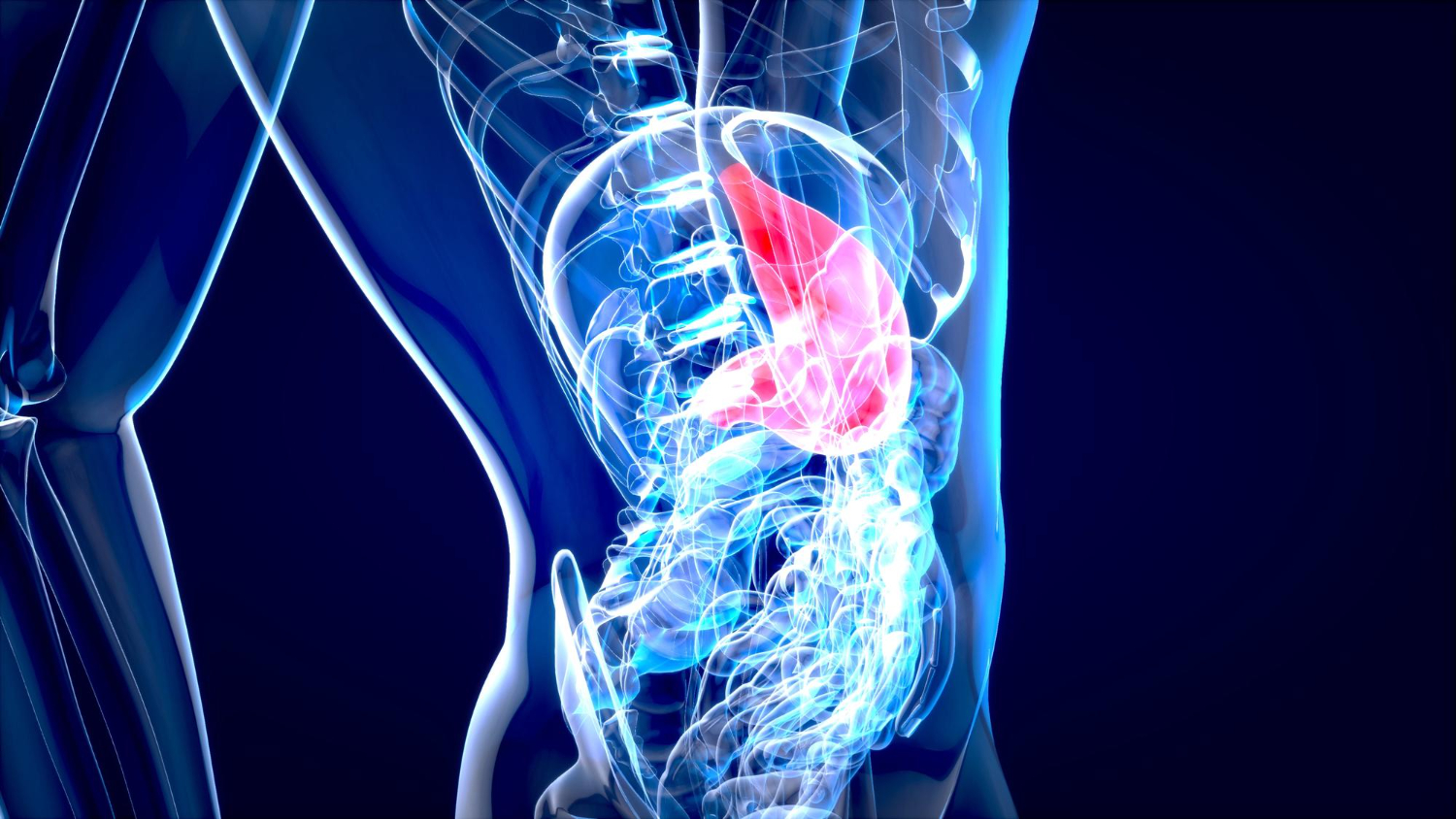The Main Types of Pancreatic Cysts
The classification of cystic lesions of the pancreas is actually very detailed and there are many cystic lesions. The main ones are listed below:
- Pseudocyst
- Serous cystadenoma
- Mucinous cystic neoplasm
- Intraductal papillary mucinous neoplasm (IPMN)
- Solid pseudopapillary neoplasm
- Cystic neuroendocrine tumors
Pseudocysts develop after acute pancreatitis. Most do not require treatment. If they cause symptoms, surgical or endoscopic drainage into the stomach or small intestine is sufficient. There is no risk of cancer in pseudocysts.
Serous cystadenomas are more common in women. They are considered to have no potential for malignancy (cancer development). Therefore, surgery is usually not required. Surgery is required if there is enlargement and consequent abdominal pain, obstruction in the biliary tract, jaundice, difficulty in gastric emptying.
Mucinous cystic neoplasm and IPMN are cysts with the risk of cancer development. Correct diagnosis and treatment is very important in these patients. Careful follow-up is sufficient for some of these cysts, but a significant number of patients require surgery. The decision to operate is based on many factors related to the cysts.
Solid pseudopapillary neoplasms are more common in women. These lesions have a moderate malignant behavior. Surgery is necessary and long term results are very good.
Diagnosis
Pancreatic cysts are very diverse. Therefore, it is difficult to differentiate them for accurate diagnosis. Ultrasound is usually insufficient. Computed tomography (CT) and/or magnetic resonance imaging (MRI) are very important in the diagnosis. PET may be helpful in the presence of suspicion of malignancy. Endoscopic ultrasonography (EUS) is also very important for imaging. During EUS, it is also possible to obtain a biopsy and sample the cyst fluid. Biochemical parameters and tumor markers can be studied from samples taken from the cyst fluid.
Pancreatic cysts are a very heterogeneous disease group. Correct diagnosis and treatment are very important. A multidisciplinary evaluation and decision-making mechanism is required in diagnosis and treatment.



